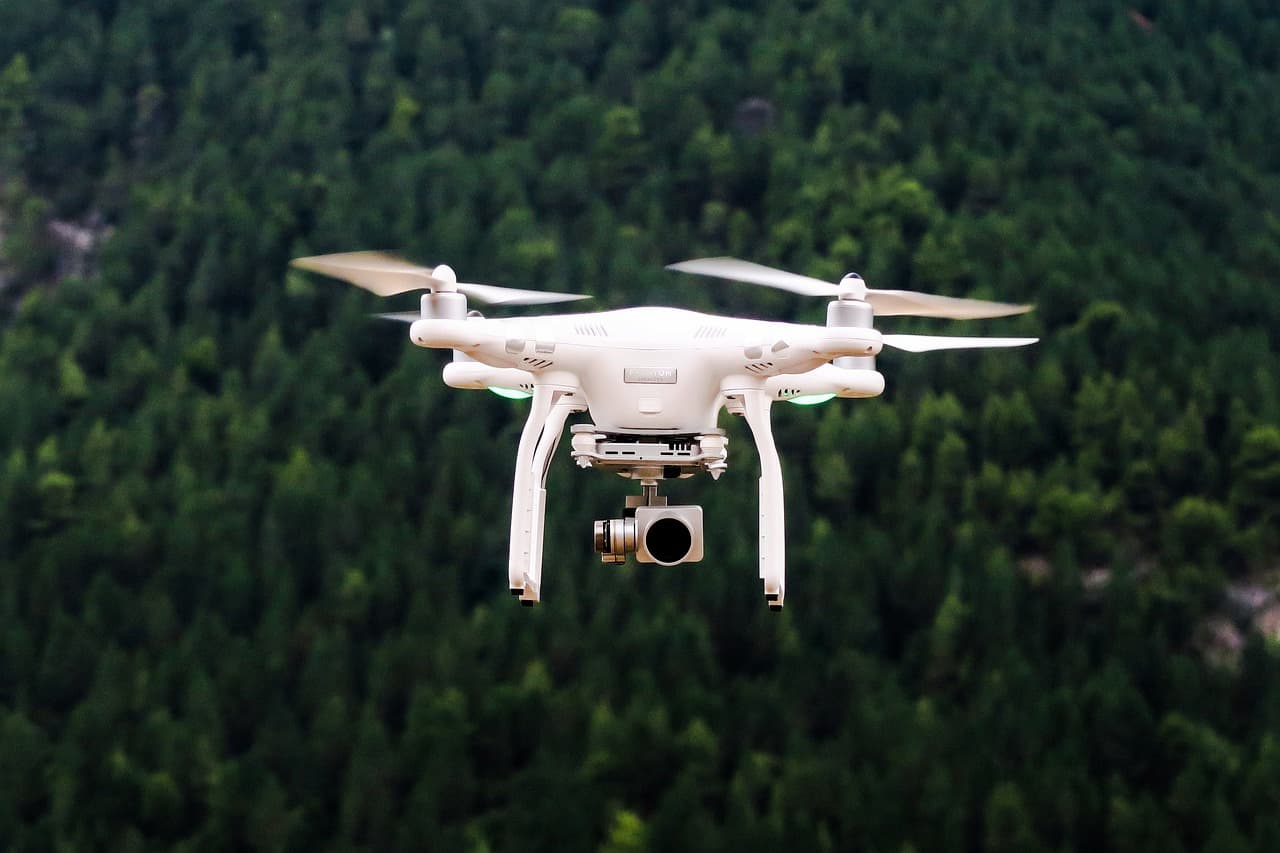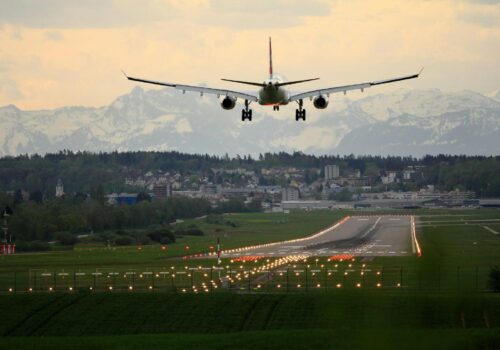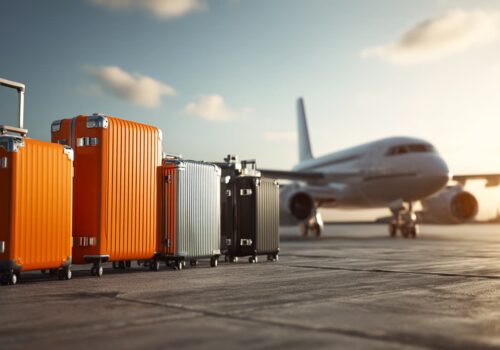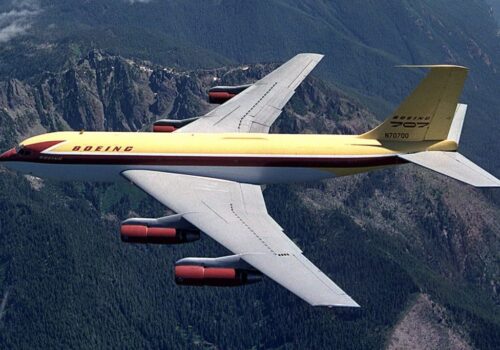Can drones be used in Canadian Airports?
As drones become more prevalent in society, their use in airport operations is becoming more common. In Canada, drones are being used for a variety of purposes – from helping to manage traffic flow on the ground to providing real-time information about weather and other conditions in the air. Here we look at some ways drones and drone services are being used at Canadian airports and why this technology is so important to our aviation industry.
Drones are increasingly being used in airport operations in Canada – find out how and why
As drones become more prevalent in society, their use in airport operations is becoming more common. In Canada, drones are being used for a variety of purposes – from helping to manage traffic flow on the ground to providing real-time information about weather and other conditions in the air. Here we will take a look at some of the ways that drones are currently being used in Canadian airports and why this technology is so important for our aviation industry.
One of the most popular uses for drones in airports is for traffic management. Drones can be used to monitor ground traffic and provide information about congestion, accidents, and other potential hazards. This information can then be relayed to air traffic controllers, who can make adjustments to the flow of traffic accordingly. This helps to keep both ground and air traffic moving smoothly and safely.
Another common use for drones in airports is for weather monitoring. Drones can be equipped with sensors that measure various meteorological conditions such as temperature, humidity, wind speed, and precipitation. This information can then be transmitted to air traffic controllers and pilots in real-time, allowing them to make decisions about flight routes and altitudes that avoid adverse weather conditions.
Drones are also being used for a variety of other purposes in Canadian airports, such as security patrols, wildlife management, search and rescue operations, and infrastructure inspections. As the use of drones in aviation continues to grow, we can expect to see even more innovative applications for this technology.
How drones are helping airports in Canada
Drones are increasingly being used in a variety of industries, and airports are no exception. Canadian airports are turning to drones to help with a number of tasks, from inspecting runways to monitoring wildlife.
One of the main advantages of using drones is that they can reach places that would be difficult or dangerous for humans to access. For example, drones can be used to inspect runways for defects or debris. They can also be used to monitor wildlife around airports, helping to prevent bird strikes.
Drones are also relatively affordable, making them a cost-effective option for airports. Moreover, the use of drones is often less disruptive than traditional methods, such as using cherry pickers or other equipment. As a result, drones are playing an increasingly important role in helping Canadian airports operate safely and efficiently.
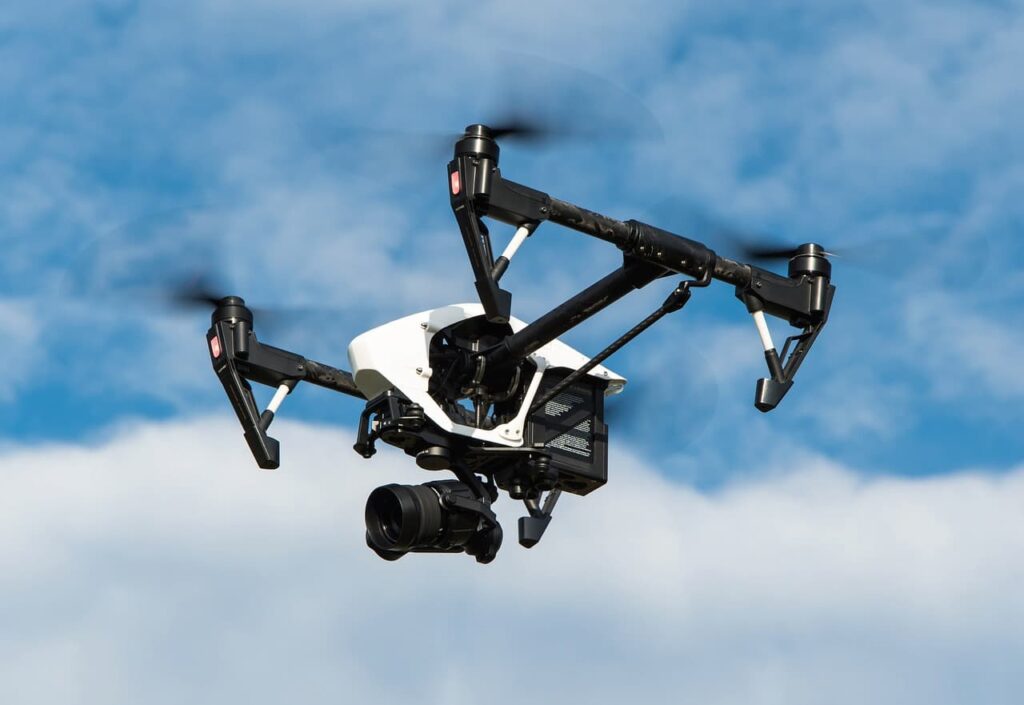
9 popular uses for drones in airports
Drones are becoming increasingly popular in airports around the world. Here are 9 of the most popular uses for drones in airports:
Air traffic control: Drones can be used to monitor air traffic and provide information to air traffic controllers. This can help to improve safety and efficiency in the airspace.
Airspace management: Drones can be used to map airport runways and taxiways, as well as to identify potential hazards. This information can help airport planners to improve safety and efficiency.
Security: Drones can be used to monitor airport security systems, as well as to patrol the perimeter of the airport. This can help to deter and detect crime.
Search and rescue: Drones can be used to locate missing persons or aircraft in an airport. This can help to save lives in the event of an accident or incident.
Firefighting: Drones can be used to assist firefighters in battling fires at an airport. This can help to improve safety and minimize damage.
Hazardous materials: Drones can be used to identify and assess hazardous materials at an airport. This information can help to improve safety for both passengers and workers.
Weather monitoring: Drones can be used to monitor weather conditions at an airport. This information can help pilots to make better decisions about flight plans and avoid dangerous weather conditions.
Construction: Drones can be used for surveying during construction projects at an airport. This information can help planners to build safer and more efficient infrastructure.
Maintenance: Drones can be used for inspecting runways, taxiways, and other infrastructure at an airport. This information can help engineers identify potential problems and take corrective action.
Commercial Drones: How they are benefiting Canadian airports
Canadian airports are starting to benefit from the use of commercial drones. Drones can be used for a variety of tasks, including mapping airfields, inspecting runways and buildings, and checking for wildlife on the runway. They can also be used to provide security surveillance and to assist in search and rescue operations. The use of drones is expected to help save Canadian airports millions of dollars each year in operational costs. In addition, drones offer a safe and efficient way to carry out these tasks, which is especially important during busy periods when airport staff are stretched thin. The benefits of using drones at Canadian airports are expected to continue to grow in the years ahead.
